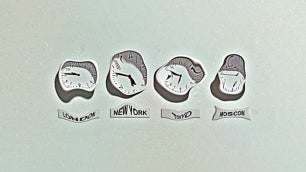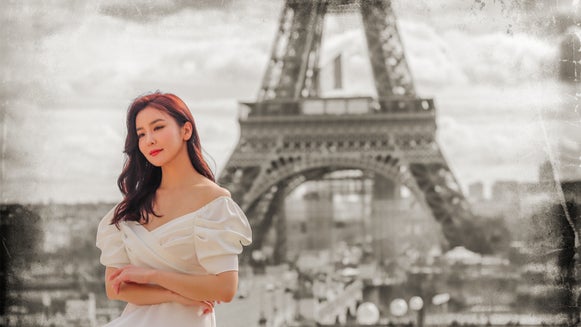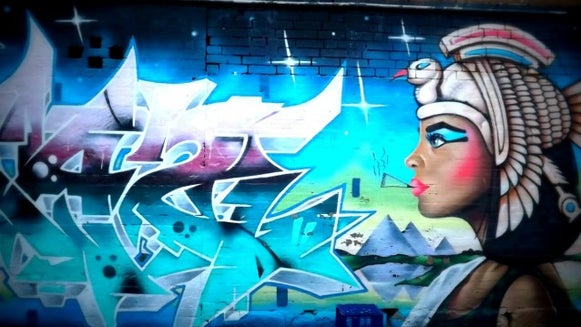Found Object Art: Then And Now
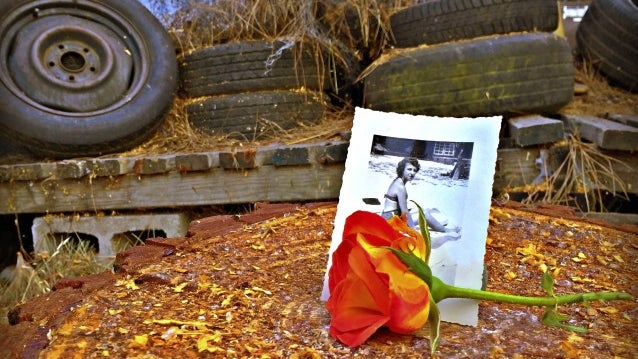
Found Object Art has become a staple in the artistic community and shows the diversity of artists and art lovers alike. This form of art is completely open to interpretation, has strong roots in art history, and can be easily translated into photography. First I’m going to give some historical context about Found Objects in Art, and then I’m going to show you how to use BeFunky Photo Editor to turn photos of Found Objects into your own unique masterpieces!
Found Art
Found Objects have been popular features in Art since the early 1900’s. Marcel DuChamp is probably most famous for his Found Object Art with his 1917 sculpture “Fountain,” which is a urinal with “R. Mutt 1917” painted on its side.
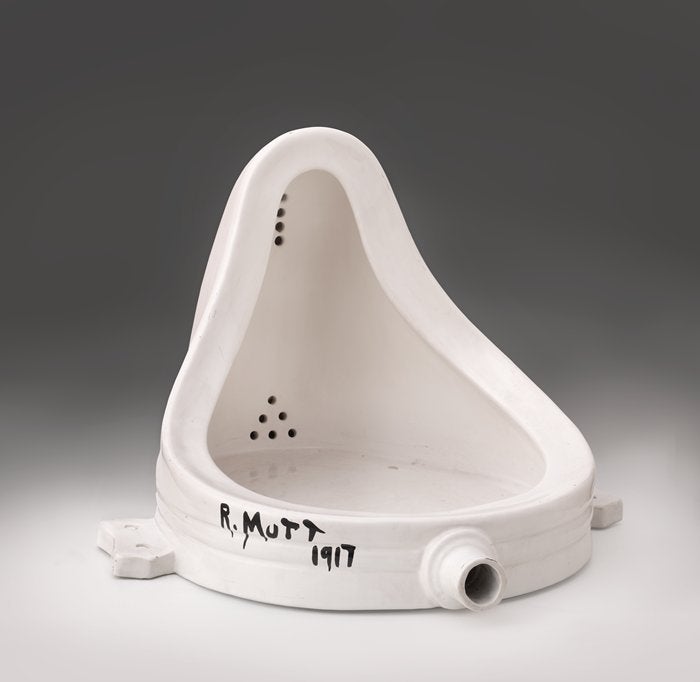
With this piece, it was DuChamp’s goal to show the intellectual side of the artist’s mind, not just his or her technical ability. Found Objects in Art progressed in popularity in the decades following “Fountain” during the Surrealist period, with Salvador Dali, and the Abstract Expressionism period, with Jackson Pollock. These artists began incorporating found objects into paintings or sculptures as a way of bringing real life into their artistic endeavors and to draw audiences into their work by placing objects in environments in which they seemed out of place.
This style really took off in the 1960’s with Andy Warhol’s pop art.

Warhol’s art is incredibly recognizable, and is deeply rooted in DuChamp’s philosophy of using “readymade” objects to represent something deeper. Warhol focused on the world’s fascination with pop culture in the 1960‘s by incorporating famous brands into his pieces and replicating those images through other mediums as a way to put a more modern spin on the Found Object Art, showing the versatility of this aesthetic.
(Source)
Found Object Photography
Found Object Photography has become popular across social media almost overnight. For this type of photography, it may seem easy to simply find something ugly and throw a few filters on it to make it more appealing. But, to be successful with this aesthetic and to stay true to the Found Object philosophy, your photos should have some type of motivation behind them.
For this post, I decided to meld memory and reality to show how to stage and take a Found Art-style photo.
Get Inspired
In the backyard at my parents’ house, which is filled with old car parts and junk, there was a pine tree that belonged to my maternal grandmother, who passed away many years ago. Recently, it had to be cut down. I thought that this would be the perfect opportunity to showcase my found art theme of memory, so I took an old photo of my grandma and a rose from the bush she loved, and I placed them on the stump of the tree that once was hers, which always held memories of her for me.
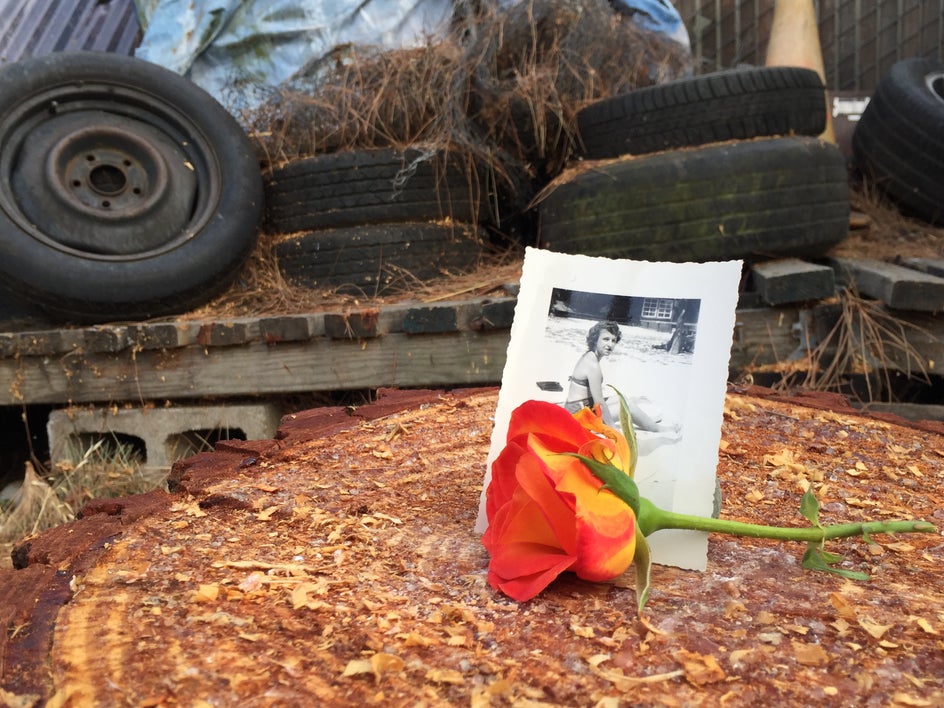
For this photo, I wanted to show how the memories I have of my grandmother still exist amongst the junk and remnants of what once was.
I then used Befunky’s awesome editing tools (Beautify, Fill Light, and Vignette). Befunky's got many effects and textures to help emulate this style of art, but I wanted the photograph and the rose to be the main focus of the edit, s0 I kept it simple and used the Cross Process 2 effect, which I applied at 100%.
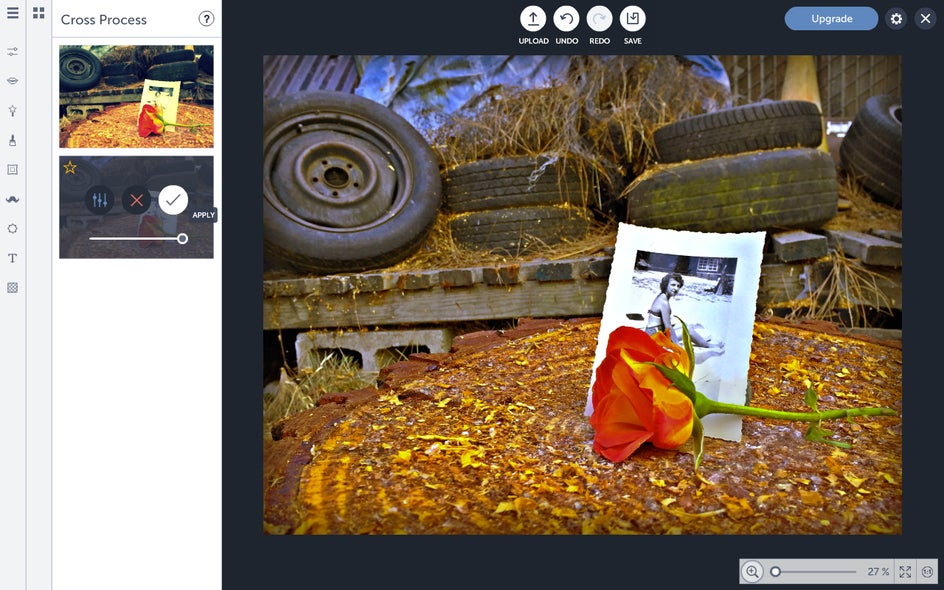
With the help of BeFunky I was finally able to emulate one of my favorite styles of art by showcasing a bittersweet, yet happy, memory.
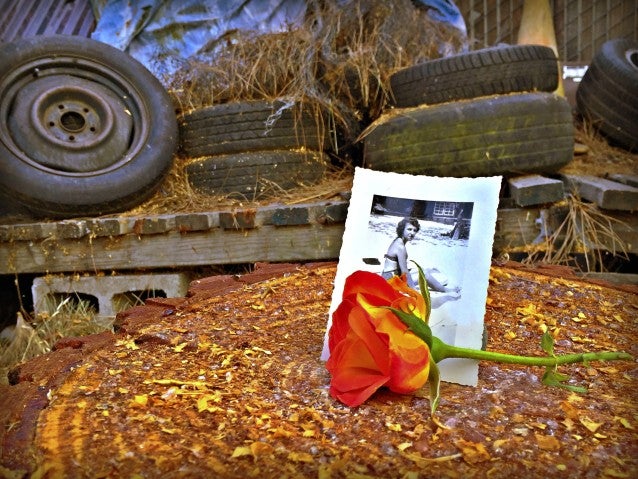
Inspired to make your own Found Object Art?










